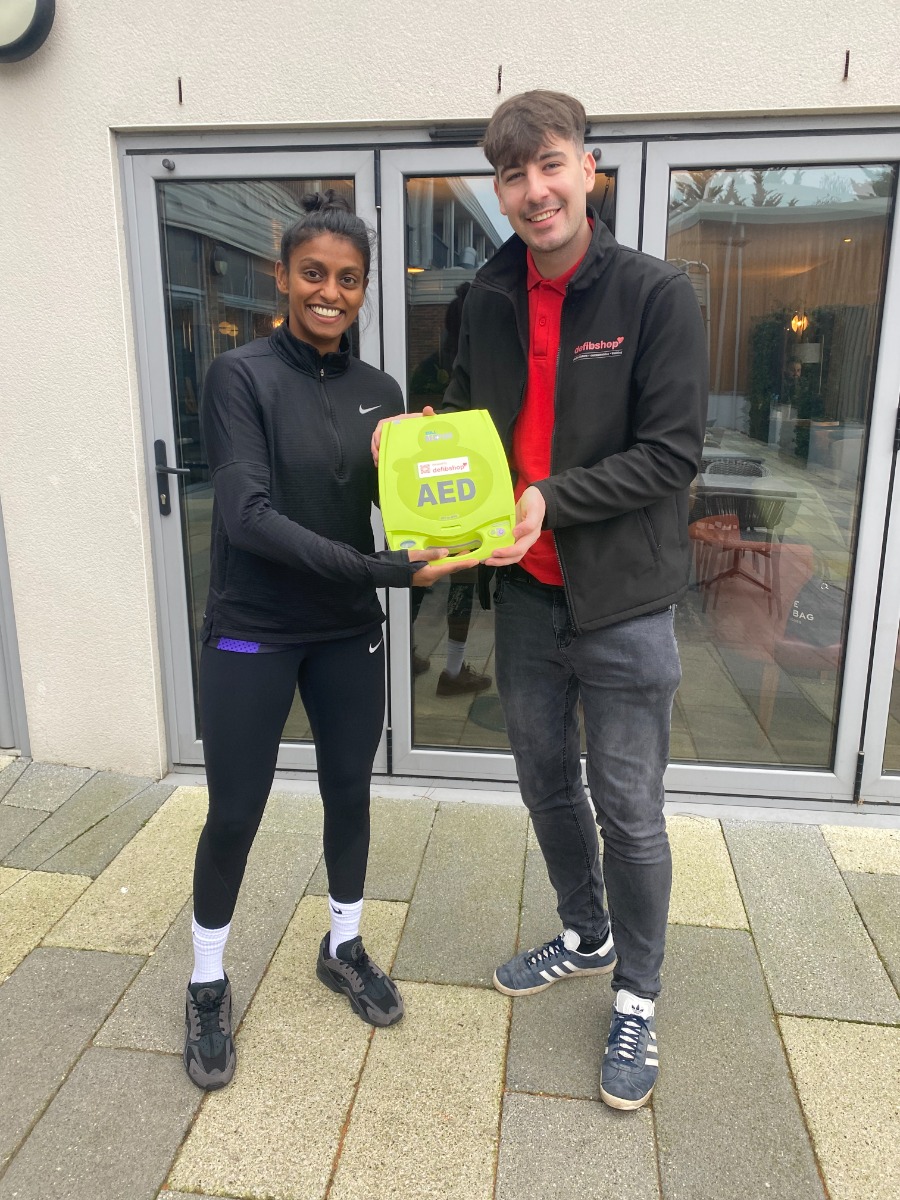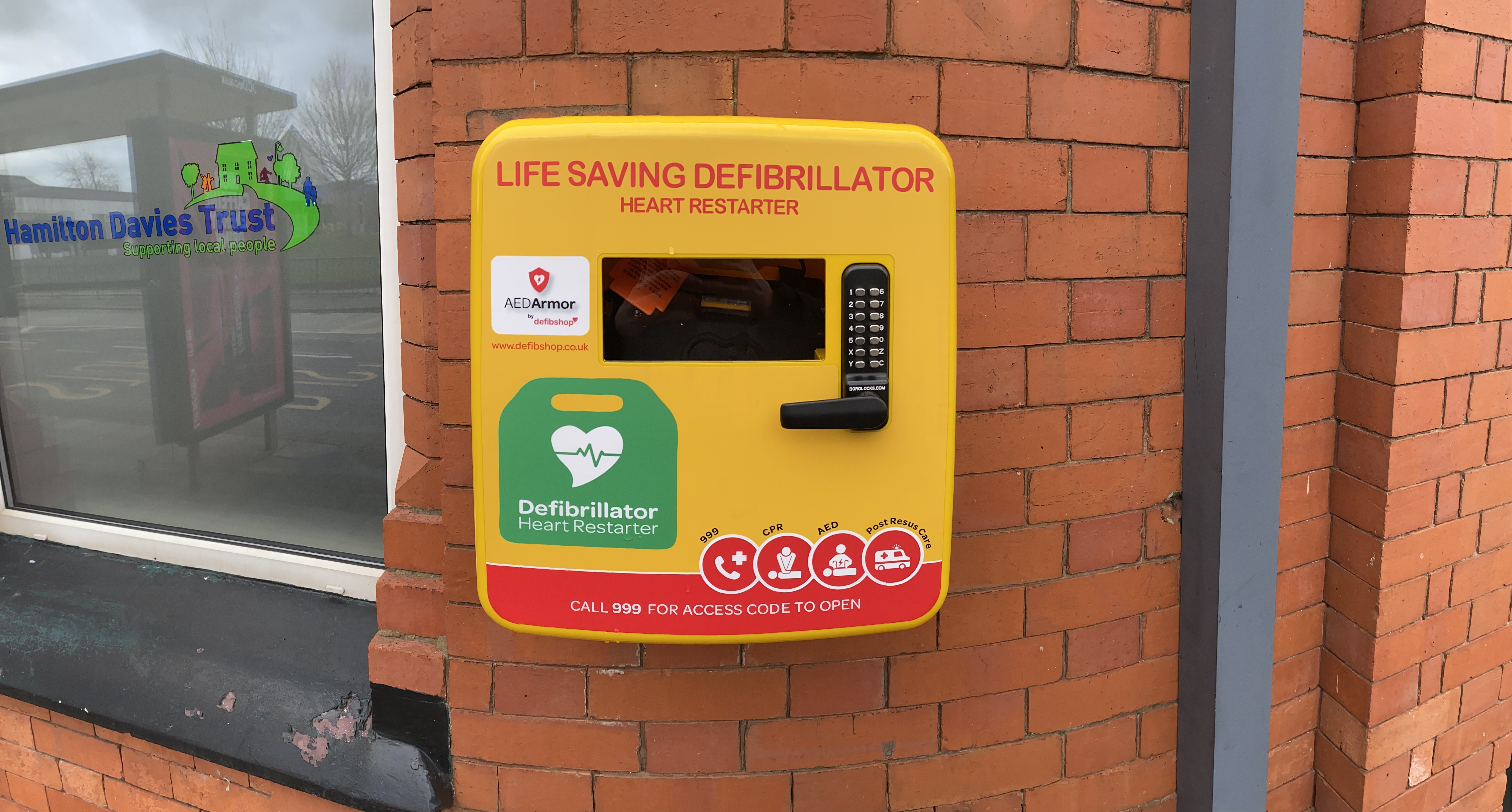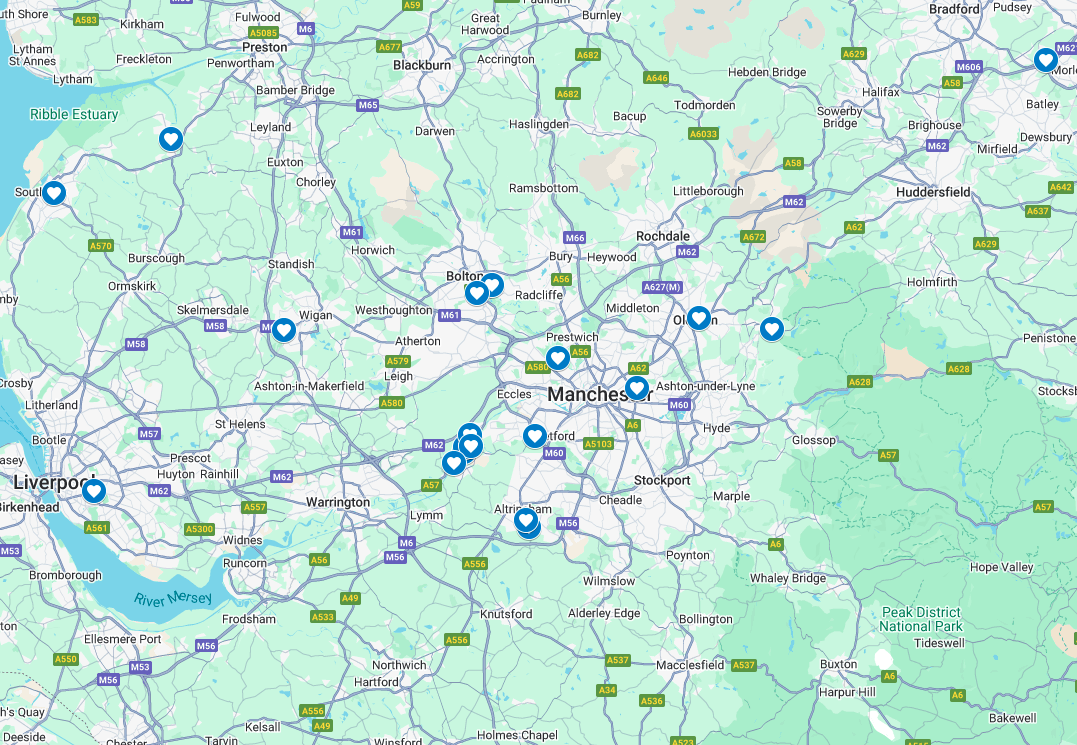Lucindha Lawson

In a remarkable show of community support, Lucinda Lawson, an advocate for Deaf awareness, has recently received a donated defibrillator from defibshop to further her mission of ensuring equal safety for Deaf individuals in emergency situations.
In the world of sports, where physical ability, mental toughness, and passion often define an athlete, Lucinda Lawson is making a remarkable impact. As a talented footballer, Lucinda is not just breaking records on the field—she is also challenging perceptions and paving the way for future generations of Deaf athletes.

The importance of defibrillators in public spaces cannot be overstated. These life-saving devices can significantly increase the chances of survival for someone experiencing sudden cardiac arrest, and their presence in public areas like airports, gyms, and schools is vital. However, for Deaf individuals, accessing and using these devices can be a challenge if the necessary accommodations are not in place. Visual prompts are one such essential accommodation.
The Need for Visual Prompts
Standard defibrillators, or Automated External Defibrillators (AEDs), often rely on auditory signals to guide users through the process of resuscitation. This includes spoken instructions that direct responders on how to apply the device and perform CPR. For Deaf people who cannot hear these audio cues, using a defibrillator in an emergency situation can be an overwhelming and daunting experience.
This is where visual prompts come in. Modern AEDs can be equipped with visual aids, such as flashing lights, instructional videos, or detailed graphic displays that provide step-by-step guidance. These visual cues not only ensure that Deaf individuals can effectively use the device but also support everyone, regardless of their hearing ability, in performing the necessary life-saving actions.
Lucinda Lawson, who has worked extensively to raise awareness around accessibility issues for Deaf people, is a staunch advocate for incorporating these visual prompts into all public defibrillators. In her own community, she has highlighted the crucial need for equipment that is inclusive and responsive to diverse needs. The donation of the defibrillator to her is a testament to the growing recognition of these needs and the importance of making emergency health equipment universally accessible.

Empowering the Deaf Community
Receiving a defibrillator with enhanced visual accessibility is a significant step forward for the Deaf community. For too long, critical tools like defibrillators have lacked the modifications necessary to accommodate people with hearing impairments. By ensuring that such devices are both audible and visual, we not only increase the likelihood of saving lives but also empower Deaf individuals to feel more confident in responding to emergencies.
Lucinda’s work, along with the support of generous donations like this one, is paving the way for greater inclusivity. It demonstrates the power of collaboration and the importance of fostering a society where everyone—regardless of disability—is equipped to face life’s challenges with the same resources.
The Broader Impact
This initiative is about more than just defibrillators. It is part of a larger movement towards creating safer, more inclusive environments for all. The more we prioritise accessibility in every aspect of public life, the more we can break down barriers and ensure that all members of our communities are cared for and supported.
Lucinda Lawson’s receipt of the donated defibrillator serves as both a personal milestone and a call to action for others. It challenges us to think about how we can better equip ourselves and our communities to respond to emergencies in a way that acknowledges and respects the diverse needs of all individuals.












